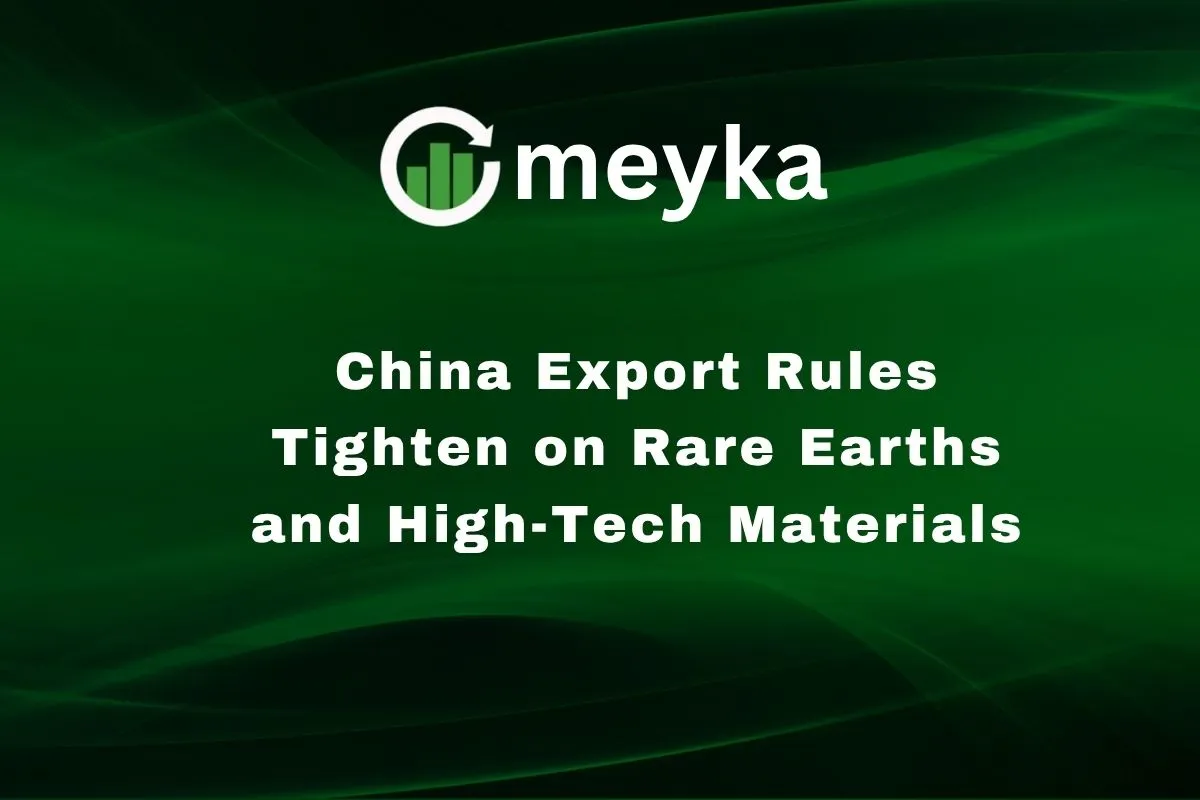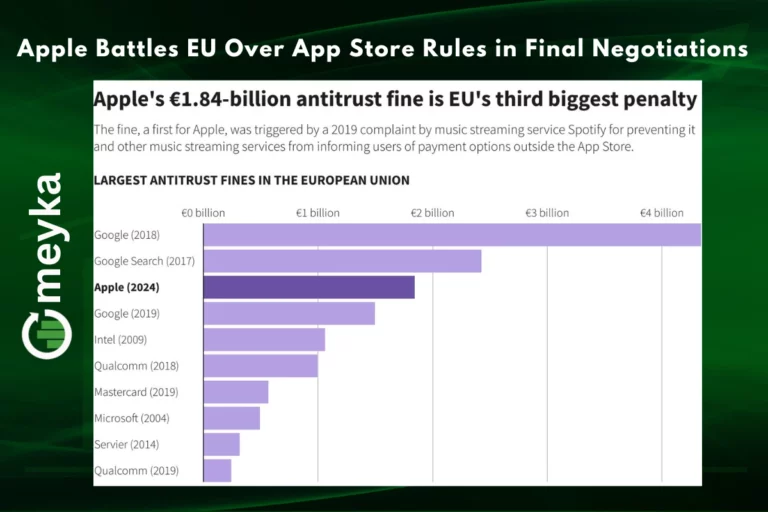China Export Rules Tighten on Rare Earths and High-Tech Materials
China controls over 90 % of the world’s processed rare earths. These metals and materials are at the heart of modern tech, smartphones, electric vehicles, wind turbines, and defense gear. Recently, China rolled out stricter export rules covering both rare earths and related processing technologies.
We are at a turning point. This isn’t just about sending minerals across borders. It’s about power and control. When China demands licenses for exports and adds export controls even on processing tech and assemblies, the global tech balance shifts. We will explore how China’s new rules work, who is hit hardest, what motives lie behind the policy, and the ripple effects on economies, environment, and global supply chains.
Background: China’s Grip on Rare Earths and Advanced Materials
Over the past decades, China has built dominance in rare earths, both in mining and especially in refining and processing. Even as early as 2016–2019, China supplied 85 %–95 % of global demand for refined rare earths. Rare earth elements (REEs) are a group of 17 metals used in magnets, electronics, batteries, fiber optics, and defense systems. Their “critical” label comes from their importance and from how few reliable suppliers exist outside China.
Historically, China has used export curbs as a tool. For example, in 2010, during a dispute with Japan, China temporarily cut exports of heavy rare earths. The,n in April 2025, China began restricting exports of seven rare earths and magnets as part of its response to pressure and global strategic moves. These steps have intensified through 2025. Because most countries do not have the deep refining capacity China enjoys, many have remained dependent on Chinese supply and know-how.
Details of the New Export Restrictions
The new rules introduced in October 2025 expand control from raw materials to technology and assemblies.
Here are key features:
- Materials & technologies covered: Rare earth mining, smelting, separation, magnet manufacturing, recycling, assembly lines, maintenance, and repair.
- Licensing requirement: Exporters must obtain a special “dual-use” license if the items or tech have both civilian and military applications.
- Defense exports banned: Exports to overseas military users are prohibited.
- Semiconductor usage is evaluated case-by-case: Some tech and components used in chipmaking will be considered on individual merit, not automatically permitted.
- Foreign firms and users included: Even if a product contains trace Chinese rare earth material or uses Chinese technology, it may require export licensing.
- Scope and timing: Some rules apply immediately. Others phase in, for example, from December 1, exporters must follow stricter procedures for dual-use items.
In effect, China is creating an extraterritorial export control system, meaning its rules reach beyond its borders to control how materials and tech are used abroad.
Global Ripple Effects: Who’s Most Affected?
When China’s export policies tighten, the impact is felt globally.
Tech and semiconductor firms are among the first to feel pressure. Many chip makers rely on rare earths for advanced components. The case-by-case review for semiconductor applications introduces uncertainty.
Automakers and renewable energy firms are also at risk. Electric vehicle motors, wind turbines, and generators depend on permanent magnets and rare earth compounds. In some regions, parts of auto production have already halted because of shortages.
Defense and aerospace industries will watch closely. Because China is excluding military users outright, countries relying on Chinese magnets or alloys for defense systems may have major gaps in their supply chain.
Markets are reacting fast. Rare earth producers outside China have seen their stock prices rise after news of the controls. Lithium, gallium, germanium, and other strategic minerals are now under renewed scrutiny as well.
Some firms complain that license requests are delayed or denied, making production planning very hard.
Strategic Motives Behind China’s Move
Why is Beijing doing this? Several reasons appear clear:
- Leverage in tech rivalry: In its standoff with the U.S. and its allies, China gains bargaining chips by controlling rare earths and related tech.
- Protect national security: China claims the controls prevent misuse of materials for military or sensitive applications.
- Promote domestic industry: By tightly controlling exports, China pushes buyers to invest or partner in Chinese tech and manufacturing.
- Signal strength: The moves send a message about China’s ability to shape global supply chains under stress.
In many ways, these export rules serve both as a protective and assertive policy.
Economic and Environmental Implications
In the short term, we may see cost rises and supply bottlenecks. Electronics and auto manufacturers may pass these costs to consumers. Long term, this could accelerate investment in recycling, substitution, and new material research. Countries might push harder to build their own processing capacity.
But there is a catch: mining and refining rare earths can cause severe environmental damage if not managed well (water pollution, habitat loss, radioactive waste). As new mines open in Africa, Australia, or elsewhere, ensuring clean and safe practices will be a real test. Also, shifting supply chains takes time and money. Many countries do not yet have the infrastructure or expertise China has built over decades.
The Road Ahead: Can the World Reduce Dependence on China?
Breaking free from dependence won’t be easy. China’s advantage lies not just in raw materials, but in decades of experience in refining and magnet manufacturing.
Still, we are seeing efforts:
- Investment in recycling technologies to recover rare earths from used electronics and magnets.
- New mining and refining projects in Australia, the U.S., Africa, and Southeast Asia.
- Regional partnerships or alliances to secure mineral supplies without relying on a single dominant supplier.
But these will take years or even decades to scale. Until then, we may live in a more fragile supply world, especially for critical tech sectors.
In that sense, China’s move is a wake-up call: the materials race is also a race for tech sovereignty.
Conclusion
China’s export controls on rare earths and related tech mark a new chapter in global trade and power dynamics. What once was a behind-the-scenes part of supply chains now matters in boardrooms, defense ministries, and policy debates. We see how control over materials can be leveraged in geopolitical competition. As the dust settles, nations will need to choose: cooperate, compete, or find smarter alternatives.
The future will be shaped not just by chips and circuits, but by rocks, metals, and the rules that govern them.
Disclaimer:
This content is for informational purposes only and is not financial advice. Always conduct your research.






